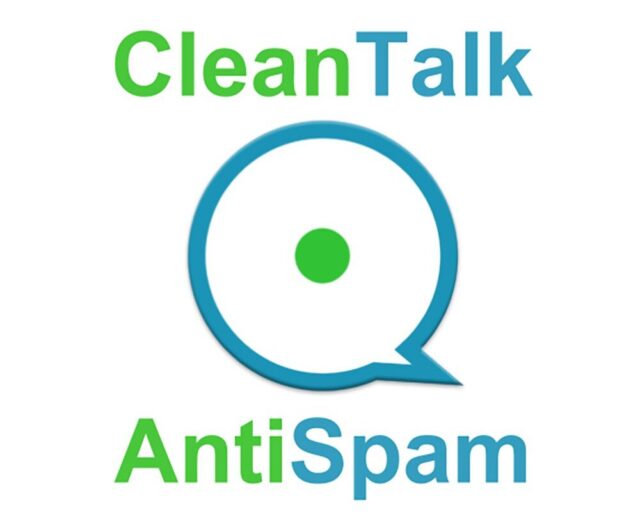
Website spam is ubiquitous, but its consequences are more serious than you may think. Aside from mere annoyance, spam is detrimental to your site’s performance and SEO. As Google considers speed to generate ratings, slowing down may prove costly. So, how exactly do spammers work, and what measures can you take to deter them?
For a website owner, the easiest solution to all problems is getting a comprehensive defense. Spam protection is an all-in-one system. It protects your site from bots and spam in comments, widgets, registrations, subscriptions, and other channels. This system is more powerful than a sum of separate measures. Here are the fundamentals of spam attacks and defense in 2024.
What Do Spambots Want?

Spambots are extremely common because they are fully automated and easy to launch. They work on websites found by so-called website crawlers. These malicious systems exploit the signatures of common CMS like WordPress or Joomla. These systems are targeted because sites built on them usually include web forms.
The addresses are compiled into databases and sold to spammers. These nefarious parties feed the URL collections into spambots. The automated software completes every single form on the victim sites. The next morning, their owners wake up to a ton of spam on their platforms, inboxes, and databases. But why?
The Answer Is Simple
Naturally, spam is profitable. Exploiting one site may not bring much value to the perpetrator, but on a global scale, the results are massive. 100,000 webforms will bring spammers a tidy profit. There are three major goals:
- Creating a back-link to boost the search engine ranking of the spammer’s own site.
- Manipulating your users into opening specific links.
- Establishing branding for the spammers across the internet.
A decade ago, spambots were the true kings of the internet. Then, in 2012, the Google Penguin 1.1 update arrived. The search engine now only considers high-quality backlinks on reputable resources. This measure created serious problems for spammers, but some bots can still find areas to place credibly looking backlinks.
Why Websites Slow Down

Take action because until it is too late. If your site gets flooded by spam, the effects will go beyond a cluttered inbox and an overflow of form submissions. The general performance of your site will deteriorate.
This happens because some web forms are more complex than others. Sometimes, the user fills in the information, and it goes straight to email. However, a more common scenario is when these forms collect the data, funnel it into a database and store it somewhere on the server’s disk. Only afterward do they send email notifications.
As the free space shrinks, the system can no longer sift through the data promptly. As a result, users need to wait longer to see the information they want. Slow loading inevitably affects your ranking and user experience.
To evaluate websites, Google uses its own crawlers. The quality of performance is an important factor in the assessment. As you can see, protecting your website from spam is absolutely crucial.
4 Ways to Protect Your Site

In 2024, spammers are still powerful. They slow down thousands of sites daily. The threat is real, so you should clearly do something to protect your data and visitors. What options are there?
1. CAPTCHA
This measure prevents spam by asking users to enter characters from an image. Alternatively, they may be asked to complete a math equation like addition or multiplication. The automatically generated formula may include numbers, letters, and images.
On average, CAPTCHA is effective for 80% of all spam attempts. Sadly, modern spambots are increasingly adept at surpassing such defense. This means you should never limit your protection to just one method.
2. reCAPTCHA

Fundamentally, this free Google service is similar to CAPTCHA. It provides the same level of security, but in a slightly different way. Google evaluates the input and runs it through special algorithms.
ReCAPTCHA comes in two forms. The first variation asks the user to enter words or digits from the image. In the second case, they need to mark the “I’m not a robot” checkbox. Unlike the ordinary CAPTCHA, all this tool can be resized to match your site.
3. Hidden Checkbox
Another solution is incorporating a hidden checkbox into your website forms. It will be invisible for users, but detectable for spambots, as they do not have eyes and just search for input areas in the code. When such boxes are checked, they prevent submitting, making the attempt futile.
4. CleanTalk Tools

Over half a million websites use the most comprehensive protection system. When a visitor writes a comment or registers, the plugin sends action parameters into the cloud, where they are analyzed. If the source is identified by a genuine visitor, the comment is published. If it is a bot, cleantalk.org blocks its actions. Meanwhile, all parameters are recorded in a special log that you can view on your dashboard.
This system eliminates the need for CAPTCHA, questions and answers, and other methods providing security at the expense of convenience. As the defense is invisible to your visitors, their experience is unhindered.
Another benefit is the automatic detection of rude language. Any abusive comments are automatically prevented. The system is smart enough to detect obscene language and ethnic hatred. Such comments are automatically sent to manual moderation.
The plugin is easy to set up. It only takes 5-10 minutes. Every product comes with a detailed manual, so you do not need technical expertise to put it in place. Overall, these plugins are the most efficient and cost-effective way to block all kinds of spam.
The Bottom Line
Spam is more than annoying — it is potentially detrimental. Any website owner should take website security seriously. Deter spammers to make sure your website performs well and users have a positive experience. While separate measures like capture and hidden checkboxes are still incomparable with affordable and all-encompassing solutions.







